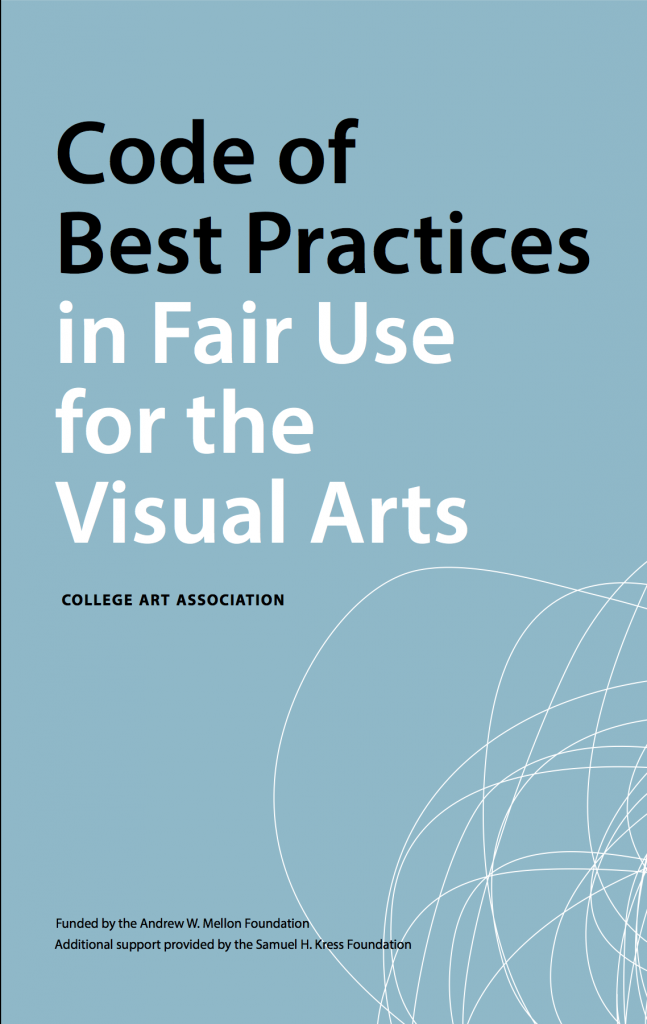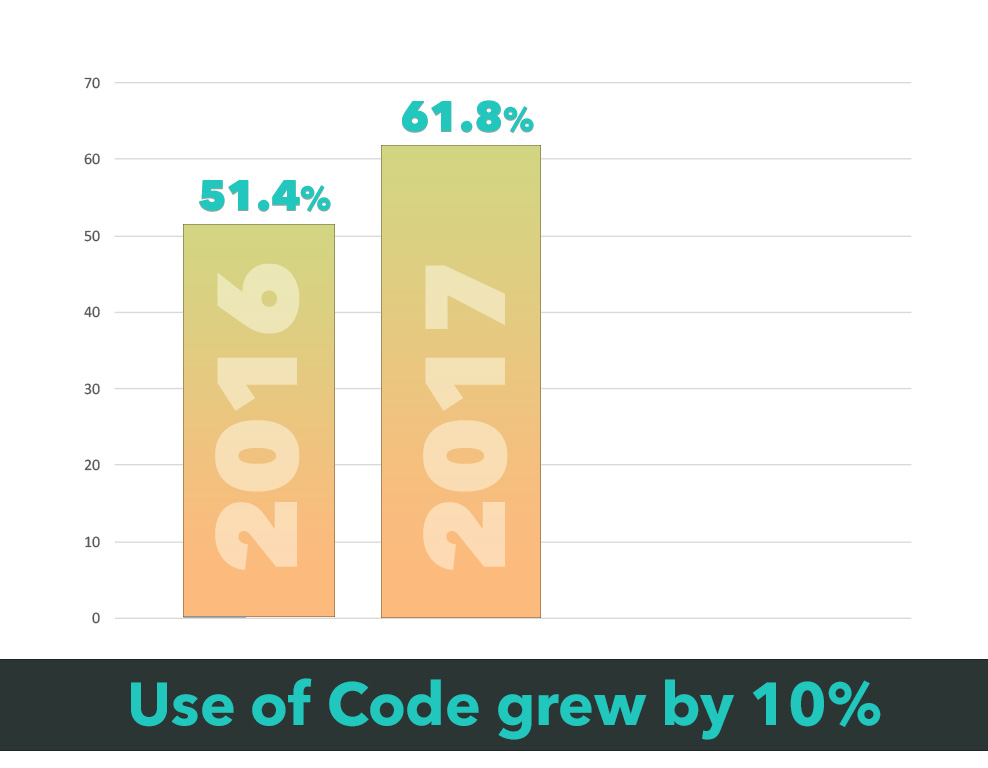 Visual arts professionals saw big changes in institutional practice in the last year, according to the most recent College Art Association survey of almost a thousand professionals, conducted with the Center for Media & Social Impact. They continued to make smaller increases in individual knowledge and action around employing fair use to accomplish their goals and do their daily work.
Visual arts professionals saw big changes in institutional practice in the last year, according to the most recent College Art Association survey of almost a thousand professionals, conducted with the Center for Media & Social Impact. They continued to make smaller increases in individual knowledge and action around employing fair use to accomplish their goals and do their daily work.
Museums, Universities and Publishers.
The anonymous survey made clear that, besides publicly announced changes of major institutions last year, institutions across the country are tweaking their practices as a result of the Code of Best Practices in Fair Use for the Visual Arts .
At University of Maryland Baltimore County, artists and art historians are using the code to certify graduate students in a required fair use/ethics certification.
Other respondents reported changes without naming their institutions:
- Several universities changed their own policies to permit theses and dissertations to include third-party material without permission, where uses fall under fair use, as makes clear
- The rights and reproductions department of a museum changed its contract to deliver images whether or not a patron had secured copyright permission
- A college reinstituted art history courses, which previously had been canceled for fear of infringement
- A museum established a default fair use policy for its publications
- Several museums began making images from their collections available without fee or permission
- Several publishers loosened their permissions-only policies.
Artists, Profs and Curators.
Individually, respondents reported a range of practices enabled by their new access to fair use:
- Museum staffers reported being able to create an app, providing new educational resources for patrons, creating appropriate event flyers and brochures and doing more creative curatorial work.
- Scholars reported publishing work that includes appropriate unlicensed illustrations. One reported building an online collection of ephemera for researchers.
- Artists described techniques including collages, found footage, animation, multimedia, incorporating archival footage into films, creating installations that feature unlicensed work and in one case, using unlicensed material to make a political statement in an editorial cartoon.
- Teachers reported including orphaned works in their teaching presentations, including appropriate illustrations in conference presentations, and being able to provide relevant learning material on online course platforms.
 Getting better.
Getting better.
Overall, visual arts professionals reported small gains in their ability to do their work. This last year, respondents to the annual survey were 2% less likely to avoid or abandon projects, and 4% less likely to experience delay in accomplishing them than the year before.
They also reported greater knowledge of fair use and the Code of Best Practices in Fair Use for the Visual Arts. The proportion of people who say that they have used the Code grew by 10% from the year before. This year, respondents were 4% more likely to know about fair use, and 5% more likely to have told someone else about it.
But lots of work to do.
There’s plenty of work ahead. Many respondents still report that their students’ work has been changed or delayed because of need for permissions for illustrations. Half the respondents still say they have avoided or abandoned projects because of permissions problems, even since the Code was launched. More than a third still hadn’t heard of the Code before taking the survey. When asked how useful or damaging fair use is for creators, more than fifth were simply unsure.
Visual arts professionals and their institutions are crucial to helping those who haven’t heard about how fair use works for them and their field. Practice makes practice.
Do you have a fair use story to share? We would love to hear it. Contact us here!
